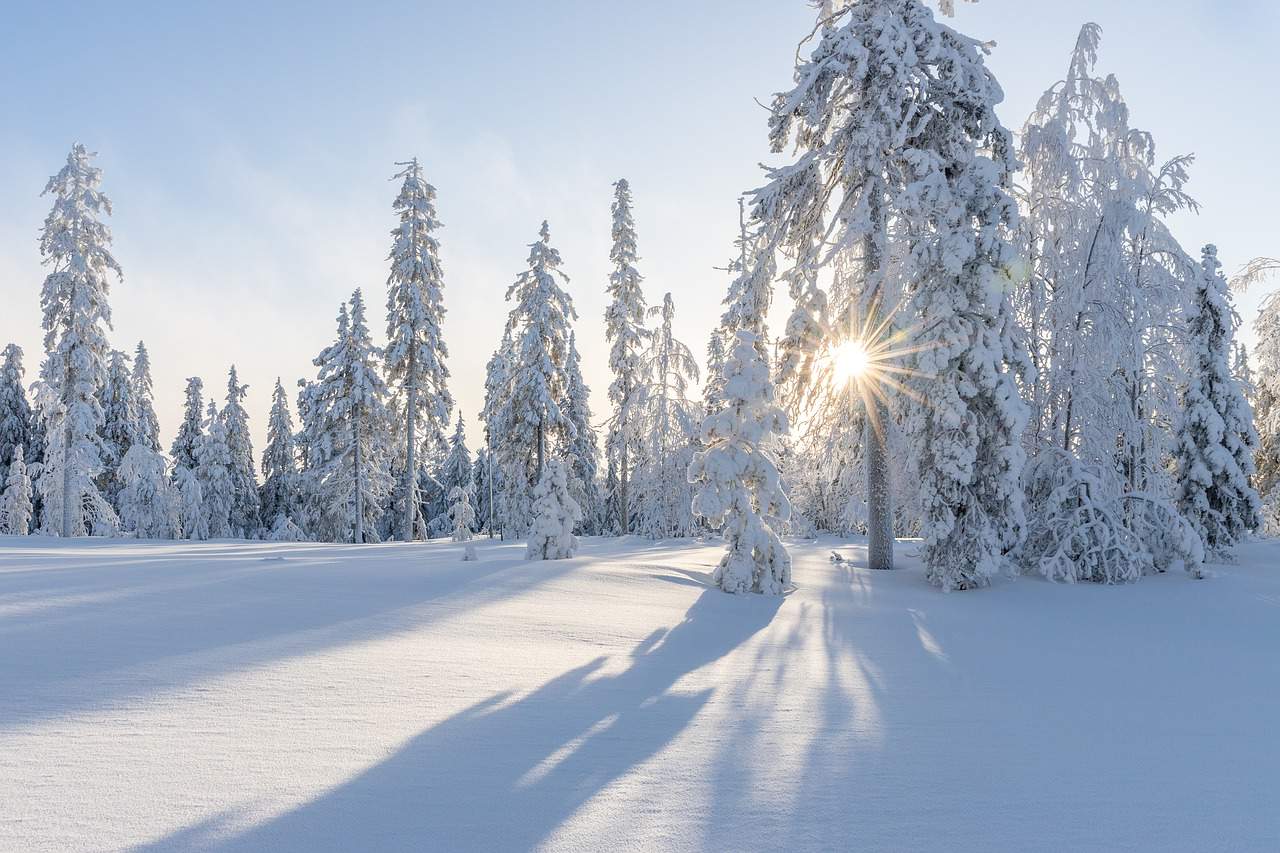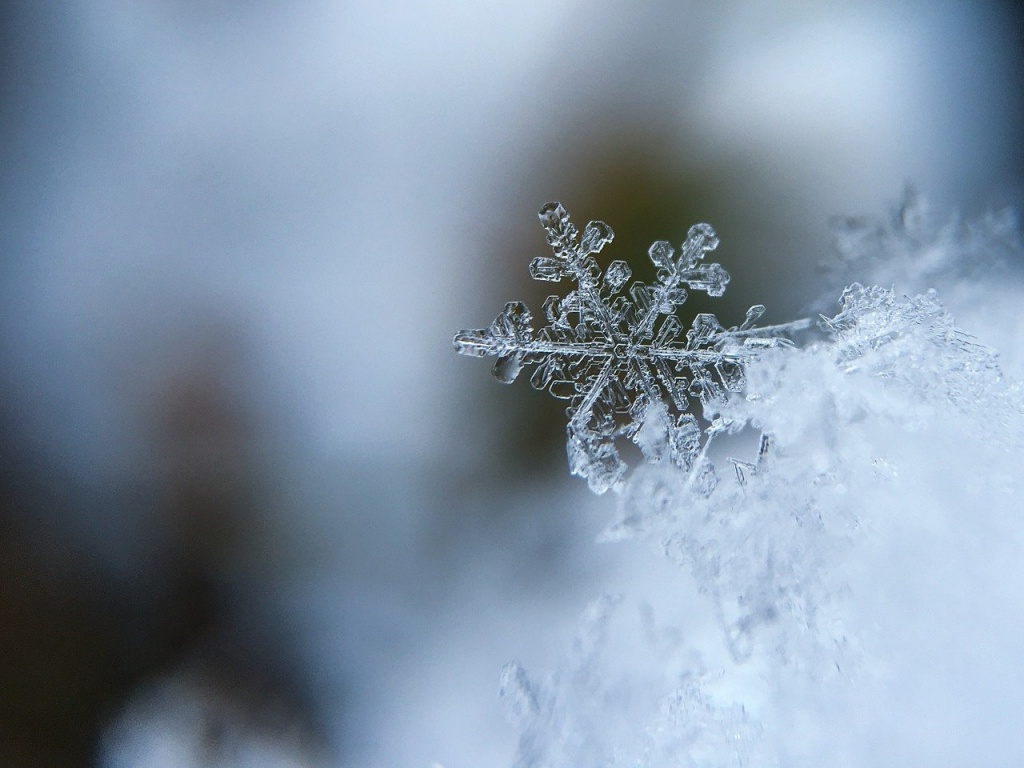
Whether snow falls from winter clouds depends largely on the temperature. This precipitation occurs when the temperature is 0 degrees Celsius or less and there is minimal moisture in the air. Fine ice crystals gather around dirt particles that have been carried into the atmosphere by the wind. These tiny moisture particles stick together when they collide. In doing so, they become heavier and larger. When they reach enough mass, they fall to the ground.
Snow crystals form in clouds when water vapor freezes on a particle of dust, bacteria, or other solid material. When the temperature of the clouds is at or below the freezing point and there is adequate moisture in the air, ice crystals form around said particles. When the water vapor condenses and freezes, a flake with a complex pattern is formed. The hexagonal shape of a snowflake is formed at the atomic level. This is where water molecules combine to form stable crystal structures.
Contrary to popular belief, the air temperature does not have to drop below freezing for snow to fall. Interestingly, the heaviest precipitation occurs at 0-2 degrees Celsius. If the temperature exceeds 2° C, the snowflakes will melt. They will then take the form of rain with snow. If it gets warmer, the snow will turn into rain.
Snowflakes come in a variety of shapes and sizes. They are made up of crystals with different configurations. Each snowflake forms a hexagon, as its structure consists primarily of stars, prisms and hexagonal plates. It is worth remembering that no two flakes are the same.
The size of the flake depends on how many ice crystals have collided and stuck together. The key role here is played by the temperature. If it exceeds 0 ° C, the snowflake begins to melt around the edges and stick together a little more. As a result, the flakes become larger and heavier. Snow is sticky and is ideal for making a snowman.
With dry, cold air, the flakes take on a straighter structure, so they won’t stick together as well. You won’t make nice snowballs out of them. Such snow will be perfect for skiing

To watch fascinating snowflakes, prepare a viewing platform (black velvet, dark fabric or black construction paper) and a magnifying glass. Snowflakes are extremely delicate. They can easily melt when exposed to heat. You need to freeze the viewing surface (keep it in the refrigerator or outside in a cool, dry place). If it’s snowing, simply hold the platform up to catch a few flakes and view them under a magnifying glass. You may have to put a scarf over your nose and mouth to keep them from melting with your warm breath.
Most flakes are less than 1.3 centimeters in diameter. Under certain conditions-usually near-freezing temperatures, light winds, and unstable atmospheric conditions-much larger and irregular snowflakes of about 5 centimeters in diameter can form.
A snowflake initially takes the form of a tiny droplet of overcooled water, which freezes to form an ice crystal. This droplet freezes because the temperature is low enough for it to fuse with a particle of dust or pollen
All flakes are hexagonal in shape because of the way they form. The ice crystals come together in a hexagonal structure that allows the water molecules to come together nicely. Each molecule bonds to one oxygen atom and two hydrogen atoms
Snow, like the ice particles of which it is composed, is not white but colorless. It assumes a translucent form, so light does not pass through it as easily as through transparent glass. It is the light reflected from the faceted surface of a snowflake that makes it appear white. No wavelength is reflected or absorbed with any surface, so white light takes on a white hue. Snow can also appear blue. This is because snow layers can create a filter for light.
Photo zanna-76/Pixabay